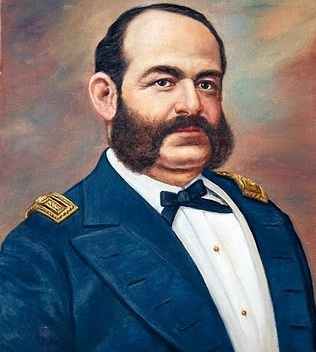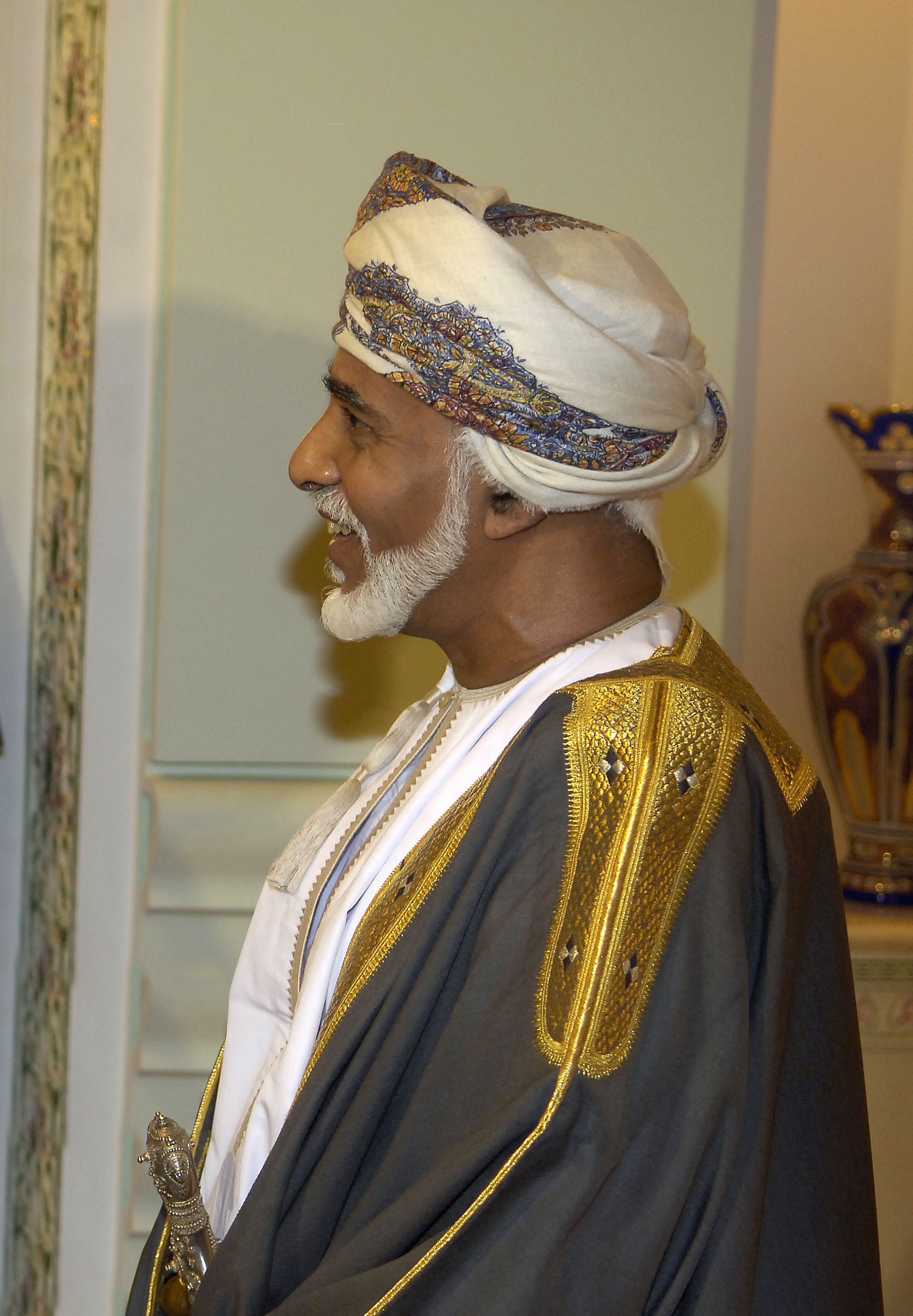

Philippine 2 Piso 1978 UNC
Front: Jose Rizal
Back: Declaration of Independence on 12 June 1898
 Rizal on the obverse side of a 1970 Philippine peso coin
Rizal on the obverse side of a 1970 Philippine peso coin Rizal, on the 2000 Philippine peso coin
Rizal, on the 2000 Philippine peso coin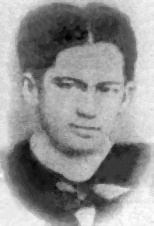 Rizal as a student at the University of Santo Tomas.
Rizal as a student at the University of Santo Tomas.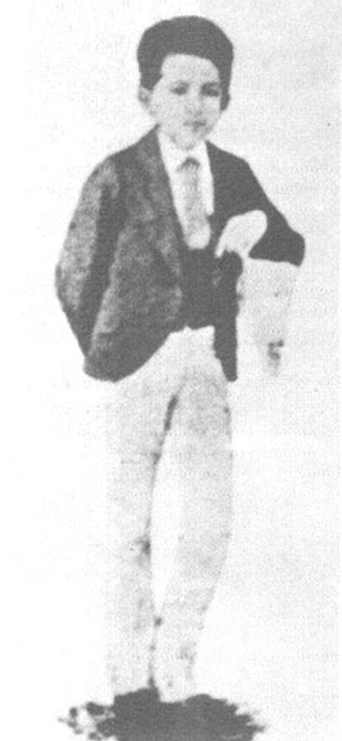 Rizal, 17 years old, a student at the Ateneo Municipal de Manila.
Rizal, 17 years old, a student at the Ateneo Municipal de Manila.José Protasio Rizal Mercado y Alonso Realonda (June 19, 1861 – December 30, 1896, Bagumbayan), was a Filipino polymath, nationalist and the most prominent advocate for reforms in the Philippines during the Spanish colonial era. He is considered the Philippines' national hero and the anniversary of Rizal's death is commemorated as a Philippine holiday called Rizal Day. Rizal's 1896 military trial and execution made him a martyr of the Philippine Revolution.
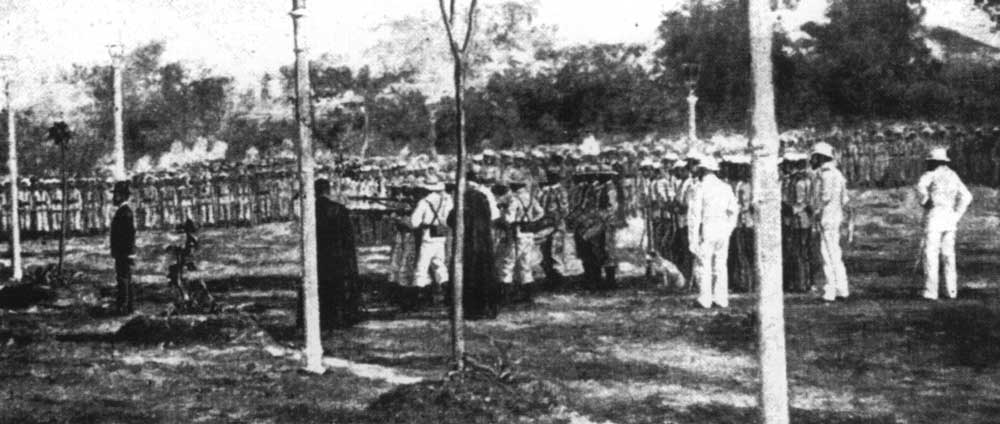 A photographic record of Rizal's execution in what was then Bagumbayan.
A photographic record of Rizal's execution in what was then Bagumbayan.José Rizal's parents, Francisco Engracio Rizal Mercado y Alejandro(1818–1898)[8] and Teodora Alonso y Quintos(1827–1911),[8] were prosperous farmers who were granted lease of a hacienda and an accompanying rice farm by the Dominicans. Rizal was the seventh child of their eleven children namely: Saturnina (1850–1913), Paciano (1851–1930), Narcisa (1852–1939), Olympia (1855–1887), Lucia (1857–1919), María (1859–1945), José Protacio (1861–1896), Concepcion (1862–1865), Josefa (1865–1945), Trinidad (1868–1951) and Soledad (1870–1929).
Rizal first studied under the tutelage of Justiniano Aquino Cruz in Biñan, Laguna. He was sent to Manila and enrolled at the Ateneo Municipal de Manila. He graduated as one of the nine students in his class declared sobresaliente or outstanding. He continued his education at the Ateneo Municipal de Manila to obtain a land surveyor and assessor's degree, and at the same time at the University of Santo Tomas Faculty of Arts and Letters where he studied Philosophy and Letters. Upon learning that his mother was going blind, he decided to study medicine specializing in ophthalmology at the University of Santo Tomas Faculty of Medicine and Surgery but did not complete the program claiming discrimination made by the Spanish Dominican friars against the native students. Read more
 Tribute to Rizal, Cavenagh Bridge, Singapore
Tribute to Rizal, Cavenagh Bridge, SingaporeInformation and Image Obtained From Wikipedia, the free encyclopedia














